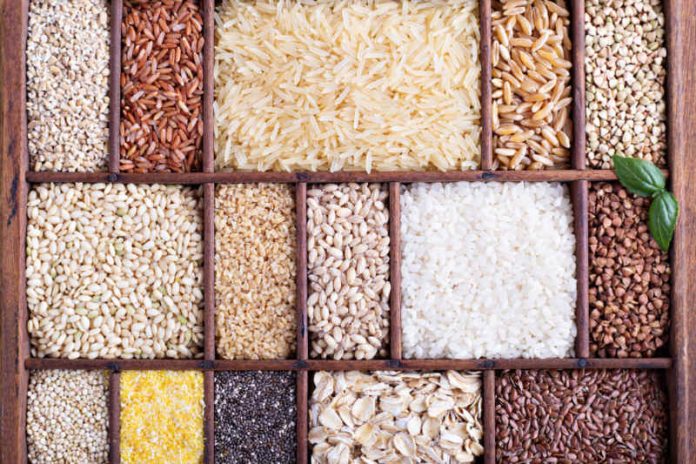
If you happen to be confused via the enormous volume of conflicting data available on foods which are good or bad for you, don’t fret far too much because most individuals are. From produce and milk products to grains and flours, virtually every food group does have it’s pros and cons. The whole thing finally comes from choosing what’s suitable for our bodies type and dietary needs.
One such food group that tend to gets debated about is grains; so, are grains truly great or detrimental to us?
#div-gpt-ad-1525702346961-4
margin: 10px 25px 10px 0px;
#div-gpt-ad-1525702502842-1
margin: 10px 25px 10px 0px;
Are Grains Good or Bad?
Even though grains possess a bad rep among followers of low-carb diets, they can be constantly working out energy source for most elements of the?world.
The most typical cereal grains used worldwide are corn, wheat and rice with other grains like oats, barley, rye yet others comprising ppos part of list. In the nation, nutritionists?typically allot 5-6 grams of grains every day for women and Six or eight grams adult males. Other than cereals, pseudocereals like quinoa and buckwheat also feature in their list.
#div-gpt-ad-1525702346961-5
margin: 10px 25px 10px 0px;
#div-gpt-ad-1525702502842-2
margin: 10px 25px 10px 0px;
While grain may very well be perfect for one’s body, when consumed in moderation, the arguments regarding their negative points mostly center around processed or refined forms which can be applied to bread, pastries as well as other not-so-healthy foods.
Whole Grains vs Refined Grains
A whole-grain comprises three distinct parts: bran, germ and endosperm. Bran could be the hard housing it really is a rich method to obtain fiber and antioxidants, the germ would be the core that offers nutrients like fats, proteins and carbohydrates and the endosperm comprises the starchy the main grain.
#div-gpt-ad-1525702502842-3
margin: 10px 25px 10px 0px;
A refined grain, on the other hand, may be a processed kind of the whole grain that lacks the bran as well as the germ; truly the only components an excellent are carbohydrates and empty calories, that happen to be easily digested and will result in a fluctuation in sugar levels. This, consequently, causes cravings, overeating, putting on weight and related health concerns.
Another denote don’t forget is although many whole grain products like wheat and oats are nutritious, others like corn and rice are certainly not nutrient-packed along with their whole forms.
#div-gpt-ad-1525702502842-4
margin: 10px 25px 10px 0px;
Benefits of consuming this may:
- Three servings could lower the chance of colon cancer
- It could lower the risk of heart ailments by 30 percent
- Regular consumption may reduce the risk of accumulating ugly belly fat and obesity
- Can reduce the risk of type 2 diabetes
The negative impact of consuming grains:
- Celiac disease in those who’re allergic to gluten, some sort of protein within wheat, barley and other grains (Nearly Ten percent with the American inhabitants are responsive to gluten)
- The high carbohydrate content in grains could be dangerous to some, particularly those who suffer from diabetes
- Grains as well as some vegetables, nuts and fruits, contain anti-nutrients like phytic acids and lectins that could disrupt healthy digestion and gut health. They might also lessen the body’s capacity to absorb?other nutrients.
Practitioners on the keto and paleo diets are convinced that their grain-free diets provide enough number of fiber and other nutrients related to grains and this the category of grains can be simply done away with.
The sound decision, of whether you want to keep grains in what you eat or stop trying them completely, depends on you, your system and in what way it assimilates grains. Observe our bodies, discover how it reacts to grains and?decide whether you want to take the grain-free route or maintain the whole grain products.
References
Gunnars, C. (2017, June 4). Grains: Is it Most effective for you, or Bad? Retrieved September 25, 2018, from https://www.healthline.com/nutrition/grains-good-or-bad
